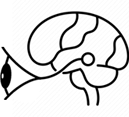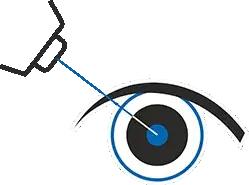What is Squint Eye?
Squint eye or strabismus is one of the neurological visual disorders whereby the normal neurologic balance between the muscles controlling eye movement is disrupted, leading to misaligned eyes that cannot point at a common point simultaneously. One eye may look directly ahead as the other eye turns inward, outward, upward, or even downward. This misalignment could occur all the time or only some of the time.
Request an Appointment

















